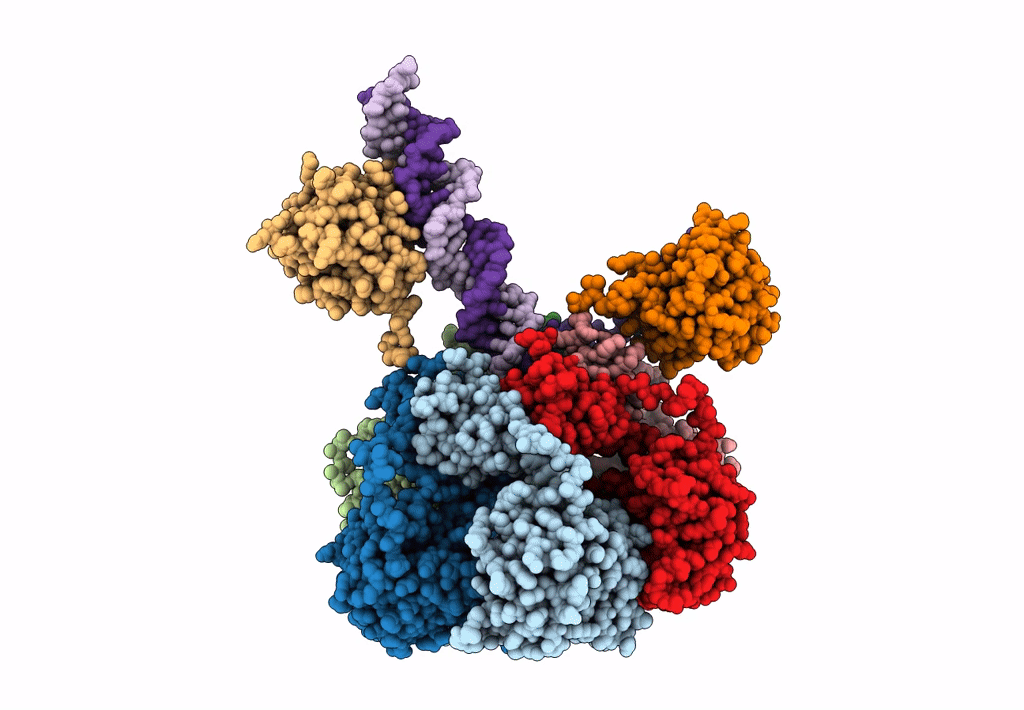
Deposition Date
2020-10-16
Release Date
2021-11-17
Last Version Date
2024-07-10
Entry Detail
PDB ID:
7APD
Keywords:
Title:
Bovine Papillomavirus E1 DNA helicase-replication fork complex
Biological Source:
Source Organism:
Bovine papillomavirus (Taxon ID: 10571)
Host Organism:
Method Details:
Experimental Method:
Resolution:
3.90 Å
Aggregation State:
PARTICLE
Reconstruction Method:
SINGLE PARTICLE


